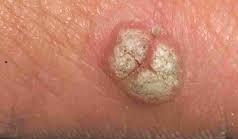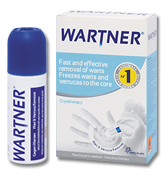One should never want a completely micro-organism free home environment, as there are many beneficial and vital micro-organisms that share our living and breathing space.
The harmful ones, which we all know as germs, include fungi, bacteria and viruses, These need to be viciously and constantly eradicated, as they cause disease.
Germ experts say that you should focus on the “germ hot-spots” in your home. These include chopping boards, sponges and cleaning cloths.
Just two of these germs that can be found on these surfaces will make your hair stand on end. They are:
The Novovirus
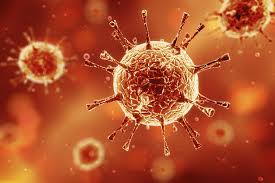 The dreaded “Norovirus” – This is more commonly known as the “Winter Vomiting Bug”. This is a hugely contagious virus and is the most common cause of viral gastroenteritis in humans. This is also caused by dirty hands (after visiting the loo), and can spread like wildfire, as the virus can be airborne. The virus affects around 267 million people and causes over 200,000 deaths each year.
The dreaded “Norovirus” – This is more commonly known as the “Winter Vomiting Bug”. This is a hugely contagious virus and is the most common cause of viral gastroenteritis in humans. This is also caused by dirty hands (after visiting the loo), and can spread like wildfire, as the virus can be airborne. The virus affects around 267 million people and causes over 200,000 deaths each year.
Ecoli
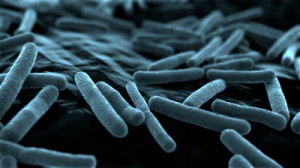 Ecoli 0157 – this is a more dangerous strain of the more common e.coli bacterium. It can cause severe intestinal illness, and infection may lead to hemorrhagic diarrhea, and in extreme cases, even kidney failure. The illness can last up to 10 days.
Ecoli 0157 – this is a more dangerous strain of the more common e.coli bacterium. It can cause severe intestinal illness, and infection may lead to hemorrhagic diarrhea, and in extreme cases, even kidney failure. The illness can last up to 10 days.
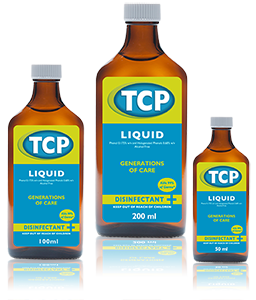
It is therefore vital to keep surfaces and hands ultra-clean by disinfecting often. Did you know that TCP can be used as a surface disinfectant, amongst its host of other uses? Just spray some diluted TCP on the surface and wipe down. Also keep an eye out for a soon-to-come new addition to this iconic and trusted brand which should help keep those hands extra clean.
References
http://www.nhs.uk/Livewell/homehygiene/Pages/common-household-germs.aspx

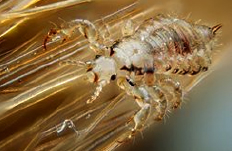 Lice live on the scalp, as everyone knows, and likes playing hide and seek between the hair roots. Luckily (and unluckily) the give themselves away by biting and drinking blood, making the scalp itch, giving us the opportunity to declare lice war and get rid of them chop-chop with your friendly neighbourhood helper, Paranix. You don’t have to resort to pesticides.
Lice live on the scalp, as everyone knows, and likes playing hide and seek between the hair roots. Luckily (and unluckily) the give themselves away by biting and drinking blood, making the scalp itch, giving us the opportunity to declare lice war and get rid of them chop-chop with your friendly neighbourhood helper, Paranix. You don’t have to resort to pesticides.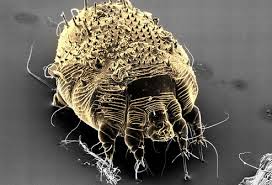 Scabies, on the other hand, are microscopic little mites, which lives on the skin of the body. In most cases, scabies develops only after close and prolonged contact with an infected person, but it can also be transmitted by sharing clothing (they hide in the seams), towels and bedding. Scabies can live in bedding for 24 hours or even more! Severe itching is the primary symptom. This is caused by the female mite, which burrows into the skin, lays her egges and produces toxins that cause allergic reactions, which causes this maddening itch. Small red bumps can then form on the skin.
Scabies, on the other hand, are microscopic little mites, which lives on the skin of the body. In most cases, scabies develops only after close and prolonged contact with an infected person, but it can also be transmitted by sharing clothing (they hide in the seams), towels and bedding. Scabies can live in bedding for 24 hours or even more! Severe itching is the primary symptom. This is caused by the female mite, which burrows into the skin, lays her egges and produces toxins that cause allergic reactions, which causes this maddening itch. Small red bumps can then form on the skin.